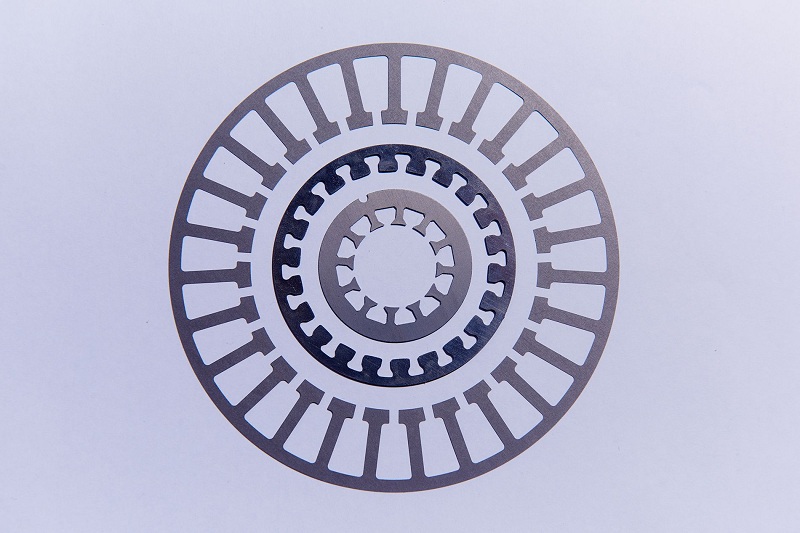
In life, we cannot do without stainless steel things, such as eating at home may have stainless steel POTS, in the hospital has stainless steel medical supplies. Although they are stainless steel, the difference between the two is still very big. So, what are the differences between medical stainless steel and food grade stainless steel? The fundamental difference is the content of harmful elements, the harmful content of food grade stainless steel must be lower than the standard range, and medical stainless steel may be slightly higher.
The harmful elements mainly refer to sulfur, phosphorus, lead, chromium 6 and so on. As for the surface treatment, it is not a means of differentiation, it is just a process, the internal and external surface finish is high, and the medium adhesion is rarely conducive to corrosion resistance. The higher the surface finish of the tube, the less the retention of the liquid medium, which is conducive to washing, especially in the pharmaceutical and food industries. For example, the purity of industrial grade things is higher than that of fertilizer grade, and the purity of feed grade things is higher than that of industrial grade, as for food grade and pharmaceutical grade, it is not the purity, but the content requirements of harmful materials. The same is phospholipid, about 700,000 yuan/ton of feed grade, and 7 million to 10 million yuan/ton of food grade.

Stainless steel is formed on its surface by a layer of extremely thin and solid fine stable chromium-rich oxide film (protective film), to prevent the continued infiltration of oxygen atoms, continue to oxidize, and obtain the ability to resist corrosion. Once for some reason, this film is constantly destroyed, the oxygen atoms in the air or liquid will continue to penetrate or the iron atoms in the metal will continue to be resolved out, forming loose iron oxide, and the metal surface will be constantly corroded. There are many forms of damage to this surface film, and the following are common in daily life.
First of all, the surface of stainless steel contains dust or alien metal particles containing other metal elements, in the humid air, the condensate between the attachment and stainless steel, the two are connected into a microbattery, causing an electrochemical reaction, the protective film is damaged, called electrochemical corrosion. Secondly, the surface of stainless steel adheres to organic juices (such as melons and vegetables, noodle soup, sputum, etc.), which constitute organic acids in the case of water oxygen, and organic acids corrode the metal surface for a long time. There are also stainless steel surface adhesion containing acid, alkali, salt substances (such as alkaline water decoration walls, lime water splash) caused local corrosion. Finally, in polluted air (such as the atmosphere containing a large number of sulfides, carbon oxide, nitrogen oxide), pollutants form sulfuric acid, nitric acid, acetic acid droplets when condensed water, causing chemical corrosion. Therefore, during the renovation period, it is best to protect the stainless steel products (such as sinks) at home, and pay as much attention as possible to use them on weekdays to reduce the probability of rust.
Influence of lamination iron core size on magnetic properties of motor
2023-12-23Electrical steel hot rolling stutter, heavy skin defect phenomenon
2023-11-24Punching technical requirements for iron core
2023-12-15Why are there holes in the stainless steel chairs in the railway station?
2022-01-04South African Miners Rush to Transport Metals
2021-01-26What is food grade stainless steel?
2021-09-02






